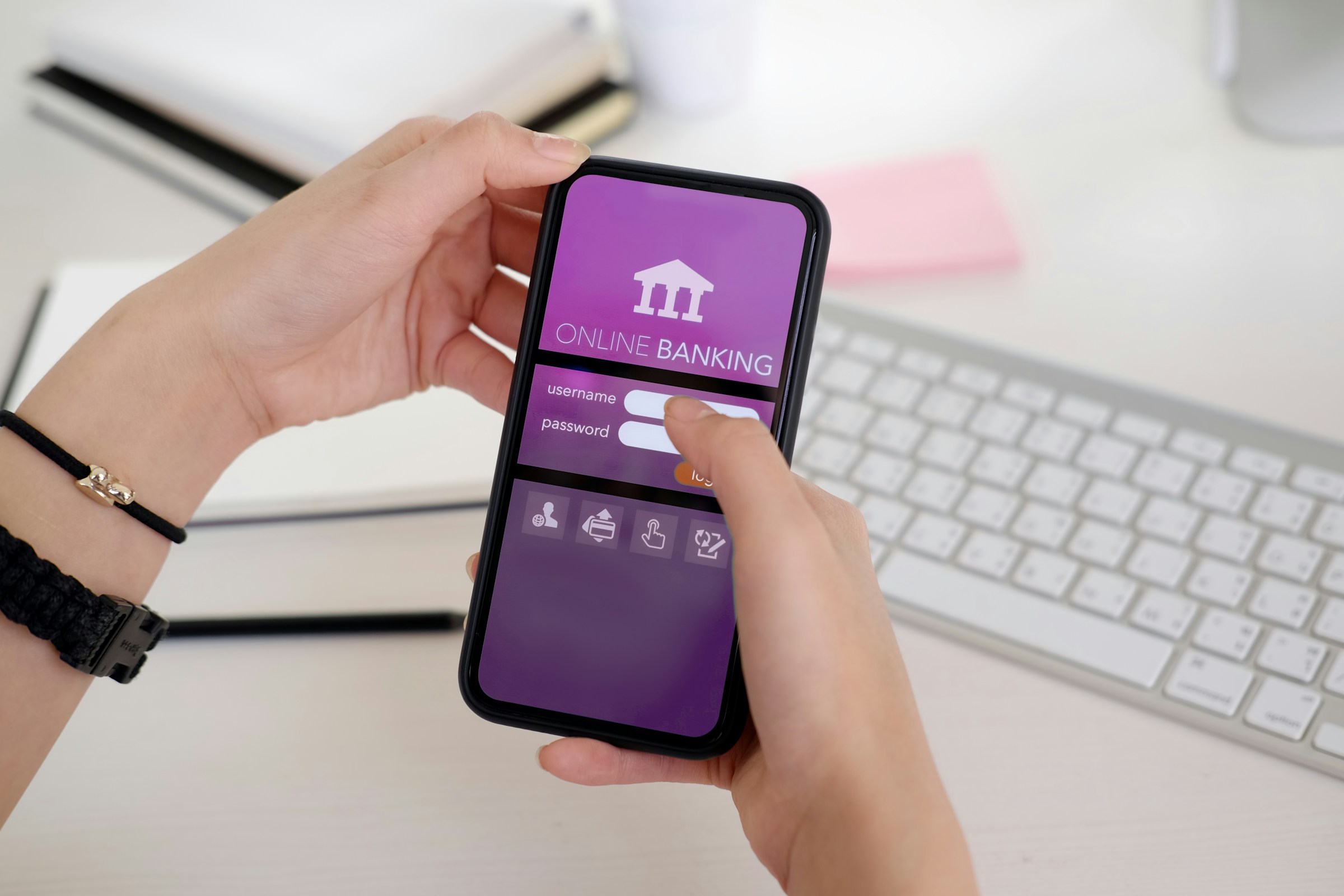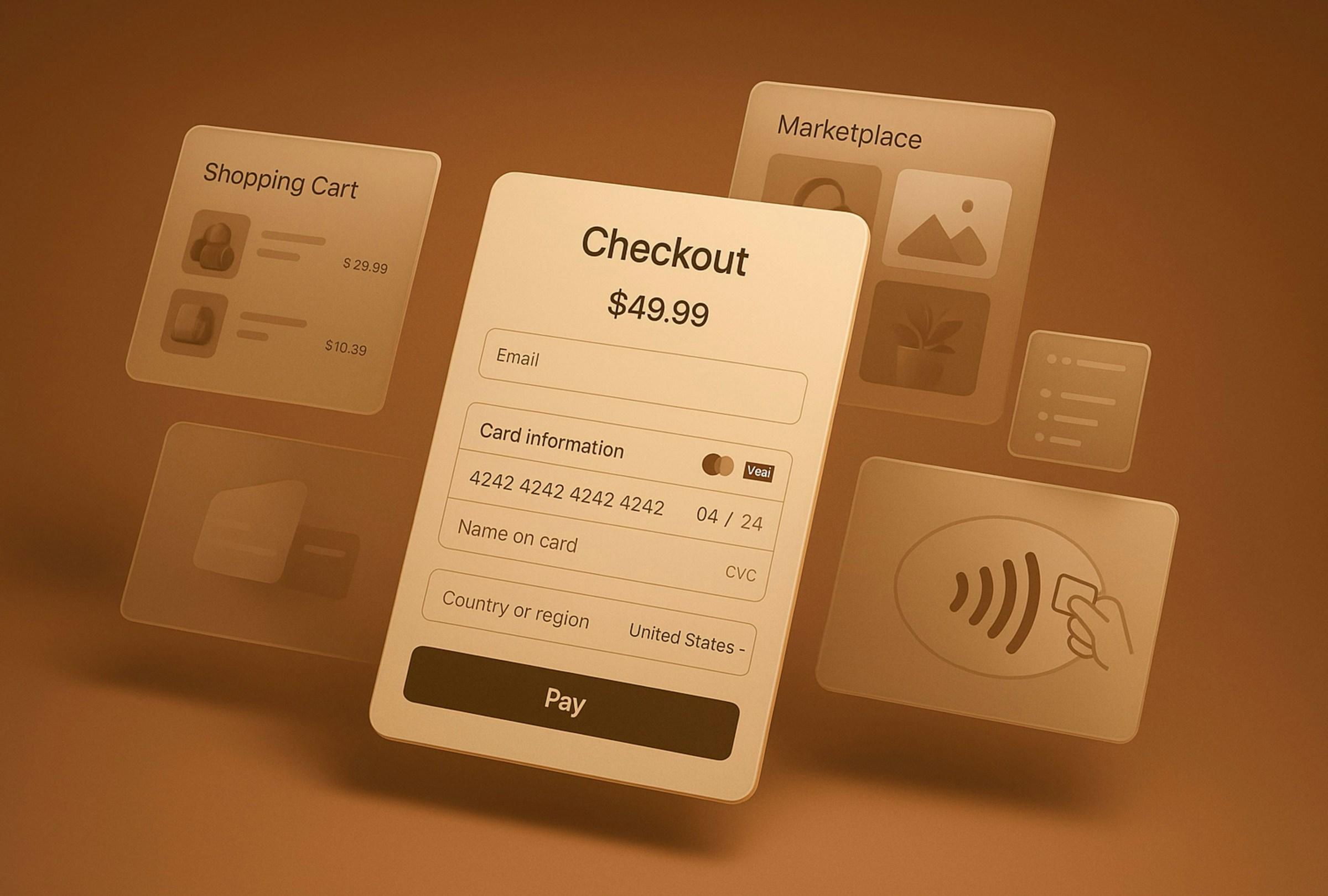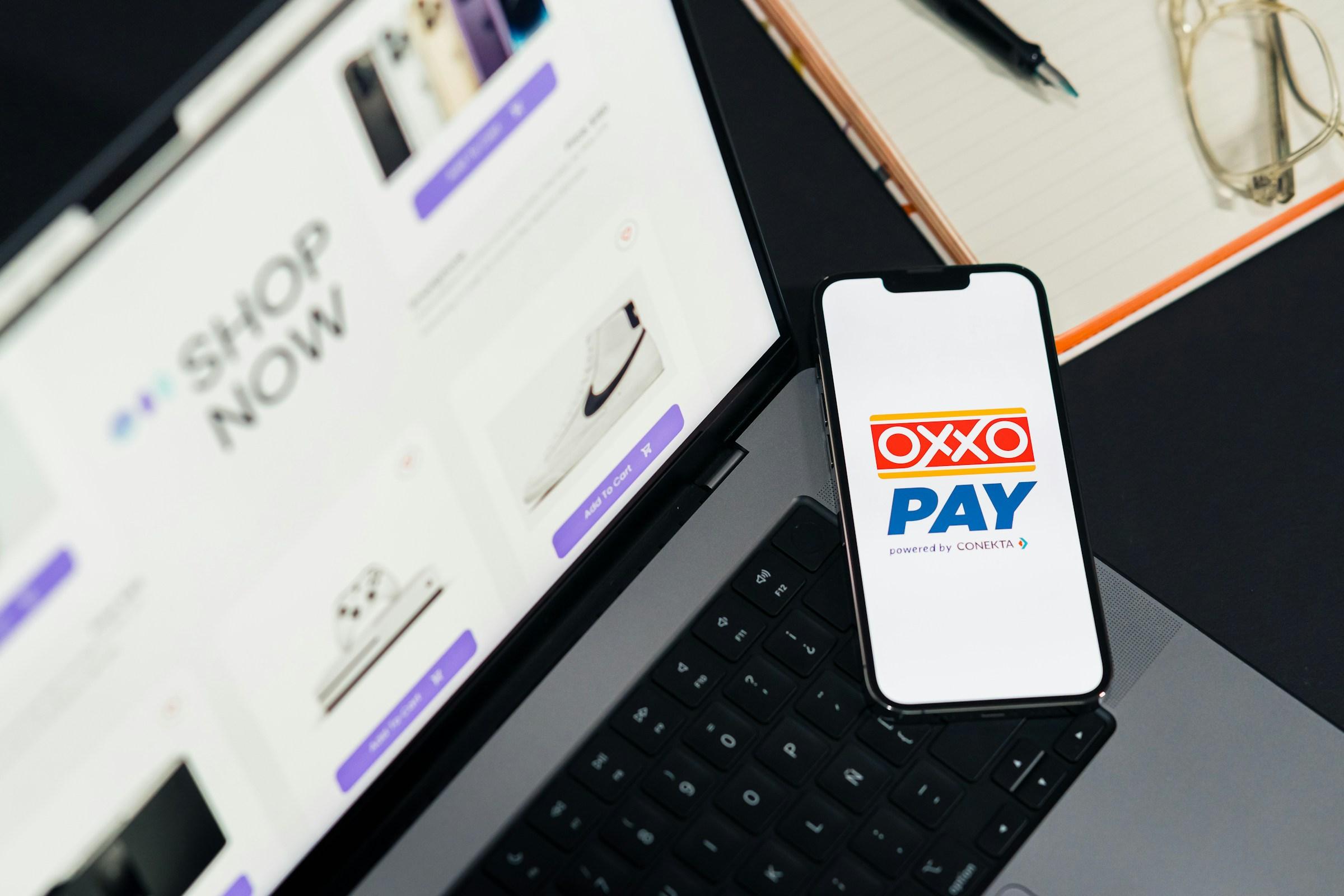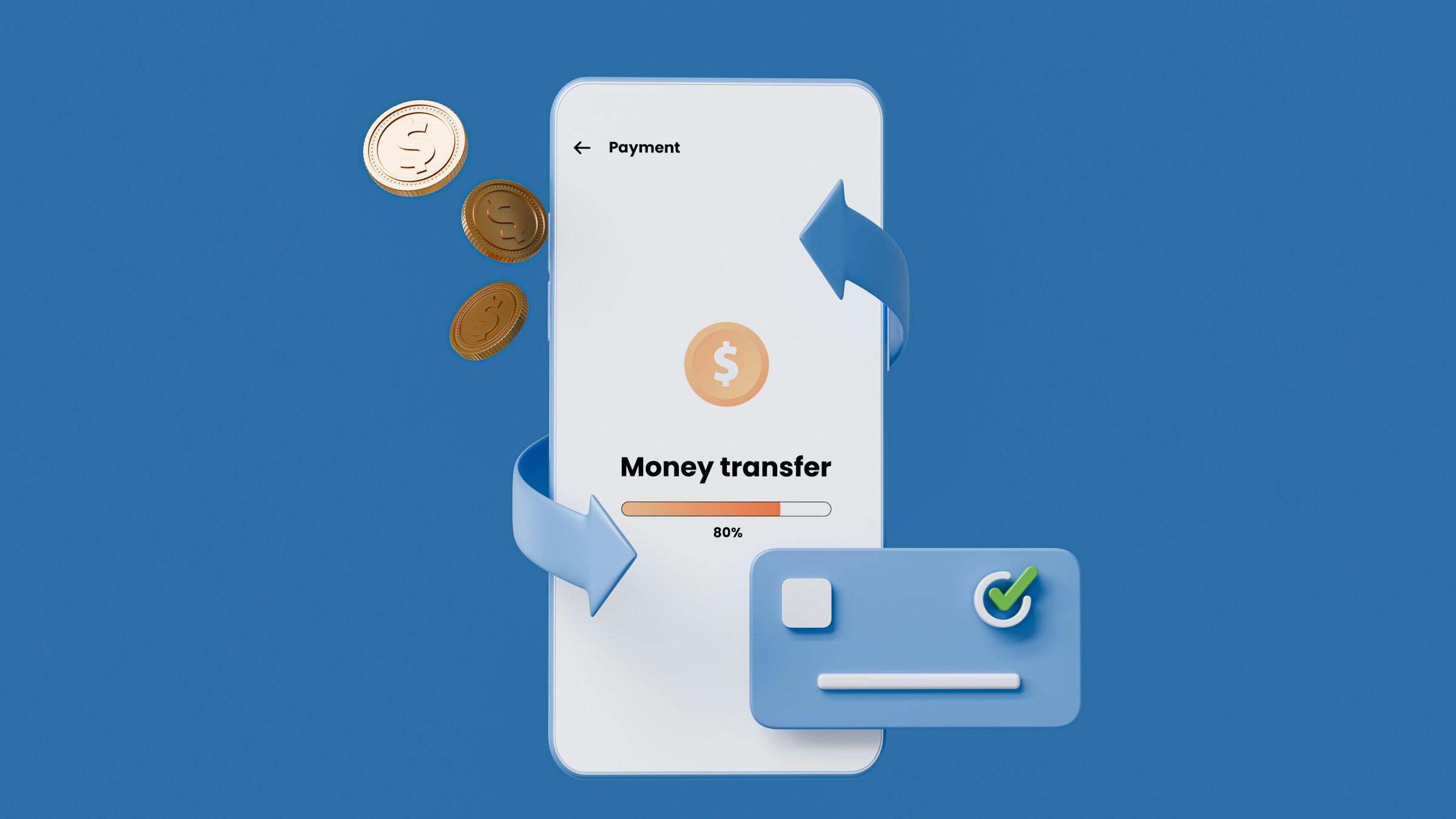Online banking has changed the quiet rituals of money management into something that feels more immediate, transparent, and responsive. For many people, a typical branch visit used to involve planning around business hours, taking a ticket, and waiting for a turn at the counter, followed by a short exchange that left a few open questions. That experience once defined what banking felt like, which is why the shift into a phone first world can feel larger than a simple upgrade. It is not only faster access to the same services. It is a change in posture. Money sits closer to daily life, so decisions that once waited for the weekend now happen in the moment they are needed. The difference shows up in small but steady ways: fewer late payments, fewer uncertain guesses about whether a transfer went through, fewer hours spent hunting for a line on a paper statement. The daily texture of handling money becomes clearer and lighter.
Access is the most visible improvement, and it is more than twenty four hour availability. When banking lives on a device that you always carry, the timing of financial behavior shifts toward real events. You can move rent the minute a paycheck lands, not at lunch the next day. You can top up savings in response to a freelance payment that came through at midnight, not after a trip to a branch. If you misplace a card at a cafe, you do not need to call a hotline and hope to reach a representative before closing time. You can freeze the card immediately, look in your bag again, then unfreeze it if it turns up under a book. That sense of control dampens the low level anxiety that often surrounds money. Tasks stop lingering. You do them while the reason is still fresh in your mind.
Speed is not just about cutting steps. It is about surfacing the steps that remain so you know what is happening while it happens. Traditional processes can feel opaque. You fill a form, pass it across the counter, and then wait. In an app, the path is visible. A transfer shows a status. A bill payment produces a digital receipt that you can file into cloud storage where it will not go missing. If a task is pending, the screen says pending, which sounds minor until you recall how much mental energy is spent on uncertainty. Clarity reduces cognitive load. When people can see the sequence, they can repeat it with confidence. Over time that turns money management from a chore that demands a block of time into a routine that flows through the day in short, decisive motions.
Search transforms record keeping. Paper statements are static. They require scanning line by line and sometimes decoding abbreviations that do not match the names you recognize from your own life. Online banking lets you type part of a merchant name and see every related transaction across months. You can filter by amount, card, or category. You can tag recurring items and watch patterns emerge in seconds. That level of visibility is not merely convenient. It builds a real time feedback loop. When the map of your spending is transparent, small adjustments become natural. You notice the subscription you no longer use. You see how weekend dining adds up. You catch the one utility bill that crept higher than usual. Each of those observations feeds a practical choice made sooner rather than later.
Notifications create a steady rhythm of awareness that traditional banking cannot replicate. A small ping after each transaction provides instant confirmation that a payment has posted and that the amount is correct. Over time those alerts cultivate trust because there are no long gaps where something could be wrong without your knowledge. If a charge appears that you do not recognize, the alert arrives within moments, which gives you time to respond quickly. You can freeze a card, contact support, and prevent more damage. Alerts also prevent overdrafts by keeping you in touch with your balance as you spend. The effect is subtle yet powerful. Money shifts from a monthly report to a present tense pulse. That change alone can improve outcomes because it keeps your attention on the flow rather than the aftermath.
Security gains depth in a mobile context. Branch banking relies on documents and human checks. Digital banking layers device binding, biometrics, and one time passcodes. A secure phone becomes a secure gate to your accounts. You can set location limits for card use, create virtual card numbers for online shopping, and change transaction limits with a few taps. Those choices do not eliminate risk, but they move you from reactive to proactive. If something feels off, you can act immediately. Traditional systems can investigate after the fact. A strong app allows you to prevent more problems in the moment. That distinction matters the most during the rare stressful events when a quick response can save both money and time.
Payments feel more natural when they fit the way people already communicate. Instead of looking up account numbers and scheduling transfers days ahead, you can pay a contact directly, scan a QR code at a stall, or split a dinner bill while the conversation is still going. The social friction around money reduces. Debts between friends do not linger. Small businesses receive funds quickly and can reconcile them in dashboards that link automatically to sales records. For cross border families, transparent exchange rates and instant fee disclosures at the point of confirmation replace the old pattern of guesswork and delay. These details reshape the emotional tone of paying and getting paid. Money moves become easier to talk about because the tools make them simple to complete.
Budgeting tools add structure without asking you to become a spreadsheet expert. Many apps categorize transactions automatically, show month to date progress, and calculate a safe to spend number that adjusts as bills and income flow in. Some offer round ups that move spare change into savings, or rules that shift a percentage of each paycheck to a separate pocket the moment it arrives. Automation does not replace judgment, but it lowers the friction that blocks helpful habits. When a transfer to savings happens without negotiation with yourself at the end of a long day, the habit has a better chance to stick. Over months, these small automations create visible gains: an emergency fund that used to stall now climbs in steady steps, and short term goals move from vague wishes into lined up purchases with cash on hand.
Customer support evolves from a single phone line to an integrated conversation inside the app. Secure chat and guided flows bring context into the interaction. When you describe a problem, the support system can already see the failed top up or the transfer that is pending, which saves you from repeating reference numbers to multiple people. In many cases the fix is not a new appointment or a return trip to a branch. It is a button that you can press once a representative enables it on their side. The experience is not defined by a queue and a counter. It becomes a short exchange that fits around your day rather than the other way around.
Transparency about price is another quiet improvement. Legacy models sometimes conceal fees within long brochures or small lines on distant pages of a statement. Digital flows present the exact fee and exchange rate before you confirm a transaction. If an account carries a monthly charge, the app can surface it plainly and may even offer a toggle to move to a plan better suited to your usage. That visibility helps you choose more efficiently. Nobody enjoys reading pages of tariff details. People do appreciate being told what something costs at the moment they are deciding whether to do it. In that moment, a clear number beats a dense document every time.
Interoperability turns your bank into a hub rather than a sealed box. Many apps connect to budgeting tools, tax software, and accounting platforms through secure links that you control. You can export a PDF for a landlord, share a view only statement link with a mortgage broker, or plug your business invoices into settlement alerts. The glue between systems used to be manual uploads and scanned copies. Now it is a few taps and a confirmation screen. This flow reduces administrative drag for individuals and for small businesses, which in turn frees hours that can be spent on work or rest rather than on clerical chores.
The branch still holds value. Cash handling, notarized documents, and complex lending conversations may benefit from a face to face setting. The point of online banking is not to erase branches but to allow them to be used more precisely. When routine tasks move onto your phone, you reserve branch time for moments that justify the trip. You arrive with a focused question, not a stack of simple errands. That distinction improves both time management and the quality of the in person conversation. Staff can concentrate on complex needs while the app handles the ordinary.
Confidence grows when your tools produce quick wins. Online banking generates these wins in modest ways that accumulate. You set a daily card limit and feel safer. You pay a bill on a Sunday and avoid a late fee. You open a second savings pocket, give it a name that reflects your goal, and watch the number climb month by month. Each action is small, yet each one is a tangible move toward steadier finances. Over time, the sense that money is something that happens to you gives way to a feeling that you are shaping your own system.
There are tradeoffs to manage. A clean interface can tempt you to make quick decisions that deserve more thought. The ease of opening a new pocket or applying for a card does not remove the need to read terms. Notifications can become a source of noise if you leave every option turned on. Security features work only if you use them, which means keeping your phone locked, updating the app, and not approving prompts that you did not initiate. The guiding principle is clear. Use the app to reduce friction on good habits, and pause to reflect on anything that creates new obligations. Convenience is a tool, not a replacement for judgment.
For people who are hesitant about digital tools, the first steps can be simple and reversible. Turn on balance and transaction alerts. Spend a month renaming categories so that they match the words you use in your own head. Set a small automatic transfer to savings that triggers on payday. None of these steps locks you into a complex system, and each one demonstrates a practical benefit in days rather than months. Once you feel the improvement in your own routine, you can add features at your own pace. You still retain the option to walk into a branch when you want to speak to someone. The difference is that you will do so with sharper questions and fewer basic chores.
Choosing where to bank becomes a matter of plain language tests. Does the app show fees before you pay. Do alerts arrive promptly. Can you search by merchant and filter by category. Can you set spending limits that update immediately. Can you export statements in formats that your accountant or your tax software will accept without extra wrangling. Can you reach a human inside the app when automated support reaches its limits. You can evaluate many of these questions in an hour, and the answers will tell you more about day to day quality than any glossy advertisement or billboard ever could.
Traditional banking gave people structure and formality. Online banking carries that structure into a faster and more transparent environment, one that grants control in smaller increments that fit real life. It reallocates time from queues to taps, converts monthly surprises into daily clarity, and shifts security from a checklist of documents to a responsive set of tools. The change is practical rather than flashy, which is why it matters. If your financial life has felt like a series of delayed reactions, the modern app experience lets you move earlier and with more certainty. Use the parts that solve real problems for you, keep the parts of the old routine that you prefer, and allow technology to handle the boring work. The most valuable improvement that online banking brings to the traditional experience is not a feature list. It is a steady sense that your money is knowable, searchable, and manageable on your terms. That feeling, sustained over many months, is what turns small conveniences into real progress.






.jpg&w=3840&q=75)

.jpg&w=3840&q=75)
.jpg&w=3840&q=75)

